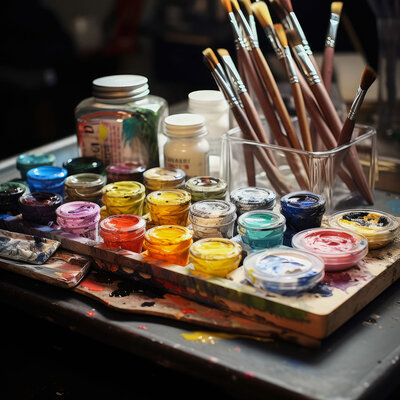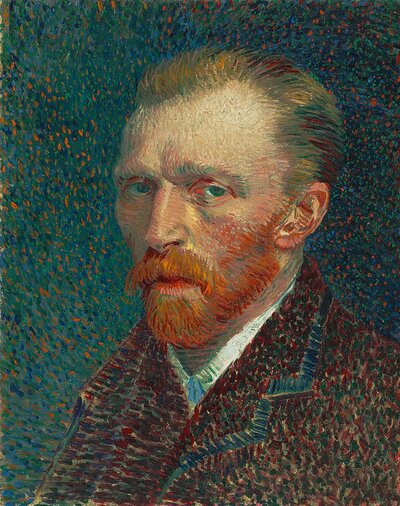Painter
|
|
| Contents |
Introduction
Painting, a fascinating form of visual art, has been a medium of expression for humans since prehistoric times. This article delves into the world of painters, exploring their techniques, styles, and impacts on art history. Designed for students aged 12-16, this article aims to provide a comprehensive understanding of what it means to be a painter, the evolution of painting styles, and the significance of famous painters in shaping art history.
What is Painting?
Painting Defined
Painting is the practice of applying pigment, color, or other mediums to a solid surface, typically using brushes, knives, sponges, or even fingers. The choice of medium, ranging from oil and acrylic to watercolor and pastels, greatly influences the final appearance of the artwork.
Techniques and Styles
Painters use various techniques, such as layering, blending, and glazing, to create depth and texture. Styles in painting have evolved over centuries, from the realistic depictions of the Renaissance to the abstract expressions of modern art. Each style reflects the cultural and social contexts of its time. Historical Evolution of Painting
Early Beginnings
The history of painting dates back to prehistoric cave paintings, such as those in Lascaux, France. These early artworks depicted animals and scenes from daily life, showcasing the beginnings of human creativity.
Renaissance Revolution
The Renaissance period marked a significant evolution in painting. Artists like Leonardo da Vinci and Michelangelo mastered perspective, anatomy, and light, creating lifelike and dynamic artworks. This era celebrated humanism and the beauty of the natural world.
Modern Movements
The 19th and 20th centuries saw diverse movements like Impressionism, Cubism, and Surrealism. Painters like Claude Monet, Pablo Picasso, and Salvador Dalí broke traditional norms, experimenting with new techniques and perspectives, and giving rise to modern art. Famous Painters and Their Impact
Leonardo da Vinci (1452-1519)
A key figure of the Renaissance, da Vinci's "Mona Lisa" and "The Last Supper" are among the most renowned paintings in the world. His meticulous approach to human anatomy and facial expressions revolutionized portrait painting.
Vincent van Gogh (1853-1890)
Van Gogh, a post-Impressionist painter, is celebrated for his vibrant color palette and expressive brushwork. His works, including "Starry Night" and "Sunflowers," deeply influenced 20th-century art.
Frida Kahlo (1907-1954)
Kahlo, known for her poignant self-portraits, blended realism and symbolism to explore identity, gender, and politics. Her unique style made her an iconic figure in modern art. Painting Techniques and Mediums
Oil Painting
Oil paints, known for their versatility and rich colors, allow for blending and layering. This medium has been popular since the Renaissance for its longevity and depth of color.
Watercolor
Watercolor, characterized by its translucent quality, is often used for landscapes and still life. Its fluid nature allows for unique color mixing and soft effects.
Acrylic Painting
Acrylics, a modern medium, are known for their fast drying time and flexibility. They can mimic both oil and watercolor techniques and are popular among contemporary artists.
Interesting Facts
- The oldest known paintings are approximately 40,000 years old, found in caves in Indonesia.
- "Mona Lisa" by Leonardo da Vinci is considered the most valuable painting in the world.
- Vincent van Gogh sold only one painting during his lifetime, despite his fame today.
- The use of perspective in Renaissance paintings was a major breakthrough in creating realistic images.
- Frida Kahlo's art was heavily influenced by Mexican culture and her personal experiences.
See also


